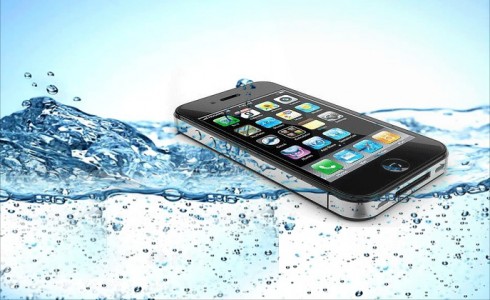<div align="justify">
<p>One of the most common problems to affect mobile phone users is water damage. After smashed screens, water damage is probably the most common concern for phone users. People have dropped their phone in the toilet, knocked a glass of water over it or simple been caught out in a heavy rain shower. Whilst not all phones are salvageable once they have succumbed to water damage, water damage restoration is possible in some circumstances if you know some simple tricks of the trade.</p>
<p><img class="size-medium wp-image-1753 aligncenter" src="http://shadownetmc.com/wp-content/uploads/2015/09/slide011-490x300.jpg" alt="Water Damage Restoration For Smartphones" width="490" height="300" /></p>
<h2>First Steps</h2>
<p>The first step of water damage restoration for a smartphone is to get your phone out of the water as soon as possible. The longer that the phone is submerged for, the more likely that it is to suffer from irreparable damage, as water will be able to seep into the most important places. Once the phone is out of the water, resist the temptation to turn the device on. If the phone is already on, turn it off to reduce the risk of the device short circuiting.</p>
<h2>Begin The Drying Process</h2>
<p>The first step of any type of water damage restoration is to dry out the affected item. If the phone is in a protective case, remove the case because the case could trap water inside it. Depending on what type of phone you have, you should also remove the SIM card and the battery if possible. Once this has been done, you can begin to gently wipe away the excess water from everything that you can reach. Do not rub components or force your drying cloth into areas which it would not otherwise be able to reach, or else you could damage these parts of the phone. However, gently shaking the device can dislodge trapped water. Shake it as though you were moving it in such a way that the accelerometer in the device would be triggered.</p>
<h2>Carefully Deep Dry The Phone</h2>
<p>The next stage in the water damage restoration process is to deep dry the phone. You can either place the device in a bowl full of dried rice, or you can use silica gel packets, which are often found in new handbags or in the boxes of electronic components. While silica is normally more effective, rice is usually more readily available, and if you find yourself in an emergency scenario, it may be the first thing that comes to mind. If you are using silica gel, you should wait for 48 hours before removing the phone, but if you are using rice, you should leave it for an extra 24 hours. After this, you should start the phone to see if it works properly.</p>
<h2>A Word Of Warning</h2>
<p>If you are trying amateur water damage restoration, you should be aware that water damage to electronics can cause problems later on, even if the phone seems to work OK in the first instance. Water damage can cause slow degradation if it is not treated by a professional. If you do get the phone to restart, back up your files immediately to prevent future loss.</p>
</div>

Water Damage Restoration For Smartphones
